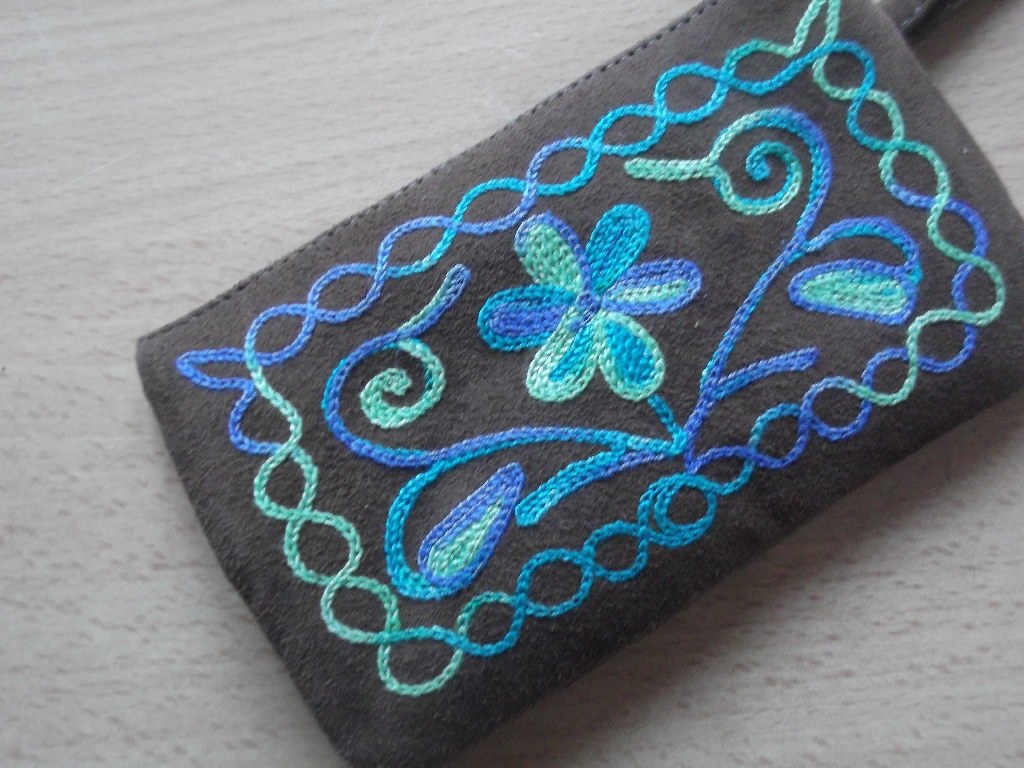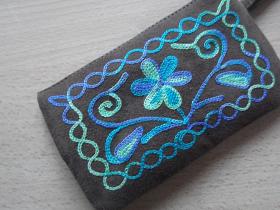India: Kashmir leather sector collapses
In the rapidly changing global economic environment, the burden of heavy tax, and lack of an industrial sector in this Indian administered Kashmir has led to declines in the leather industry.
An average of 14 lakh sheep are imported to Kashmir annually for consumption purposes, as people here eat 3 times more meat than the national averag. Howeve,the animal skin left over worth crores for leather business are still being exported as raw material to other states of India.
According to official figures, an average worth 400 crores of imported meat is consumed in Kashmir annually, in addition to the home produced consumption of sheep and goat.
Despite repeated requests both verbally and in written form to the Government’s of Jammu and Kashmir, members of ‘All Kashmir leather-fur manufacturers,tanners and dyers association’ say that the leather business is the most neglected business sector of Kashmir.
According to sheikh Manzoor, owner of Al-Karam Leathers, Aali-Kadal Srinagar, the leather business is worth crores, but Kashmir has got 0% of this market.
He added that if the Government would make just a little effort to develop this sector in Kashmir, it can attract international investors and help to reverse the prevailing high unemployment rates in the area.
Al-Karam leathers have 4-5 crore from this business annually, and feels that the leather work industries should utilize their raw materials to create an international market of leather goods in Kashmir.
Al-Karam, like others in Kashmir, only deal with the export of the animal skins until they are exported to India.
This is blamed in part on the inaccessibility of refrigerated animal skin storage systems. Exporters say that at times they do not receive any orders from dealers outside the state. It take them a lot of money and effort to preserve skins for days until orders arrive.
According to Nazir Ahmad Darzy, General Secretary ‘All Kashmir leather-fur manufacturers tanners and dyers association’ (Check the capitalization of letter for this organization) orders were given by the central Government to stop dealing with the fur business since 1997, after an initiative by the of Government of India to stop dealing with wild animal skins like tiger. He was hopeful that the future leather sector of Kashmir will become a thriving business.
Never the less, after hundreds of presentations to politicians and concerned officials in Srinagar and Jammu to highlight the economic importance of the leather business in Kashmir, more than 350 members of this organization and their families are suffering at this time.
He added that Kashmir, despite being considered the hub of raw material for A-grade leather, artists here are making leather products at minor levels. They can only afford to buy C and D grade leather, called sweed leather, to make low cast leather products like bags, jackets, belts, e.t.c
Sharing his experiences,Tariq Ahmad Baba of Chattabal Srinagar,an artist in leather products, says that a lady’s leather bag made here earns Rs 200-250 profit for the craftsman, while the same leather bag made of A-grade leather outside Kashmir earns more than 2000 thousand rupees for the craftsman.
Abdul Hameed, another artist in the same area, says that even dealing with second grade leather may end very soon. He says that the younger generation of ancestral artists hates this profession because they have noted the lack of progress in this profession for decades, bringing economic hardhips to their families. He added that burden of value added tax on import of second grade leather from Panipat Punjab adds salt to the injury for artists currently dealing with this business in Kashmir.
Admitting the concerns related to the diminishing leather business in Kashmir, Bilal Ahmad Kawoosa, joint secretary general of the Kashmir Chamber of Commerce & Industry (KCCI) says that because of the wildlife ban on furs, this also affected the leather industry.
“Fur was also used in leather products and in the wake of this ban, the leather industry found itself left high and dry,” he added.
According to him there are some schemes under National Manufacturers Industry which, once implemented in the state, can boost the leather industry. However, lack of support from the government remains a grave concern for the leather business in Kashmir.
To catch the attention of youth and create employment avenues for them in this industry, KCCI has come up with a Social Intervention plan. The younger generation will be provided health and other insurances and scholarships which will help attract them to this industry.
One of the young entrepreneurs of the Valley, Sameer, who runs his own leather finishing plant in Lassi Pora in District Pulwama, known as ‘Reem tanners private limited,’ estimates that the leather industry has a potential to generate 150 crores of foreign exchange for the state if supporting programs are implemented in full swing
Sameer has a small scale unit where finishing of animal skins is done, and then sent to states like Kanpur and Chennai for further processing.
According to his estimates, an average one and a half lakh skins of different animals are exported outside the state. He states that if proper infrastructure is provided to industrialists like him, he can employ 1500 people directly to work for him on a daily basis, and thousand others could work indirectly for him.
Sameer, however, acknowledges the concern and effort shown by the government over the years towards this developing leather industry in Kashmir, and blames the inability of people as the sole reason behind the diminishing growth of this industry.
He added, “The government is doing its bit to boost this sector.
Recently 650 crores were sanctioned by the government for the leather treatment plant at Lassi Pora, which is being developed on 100-200 kanals of land.”
Comments
There are 0 comments on this post













